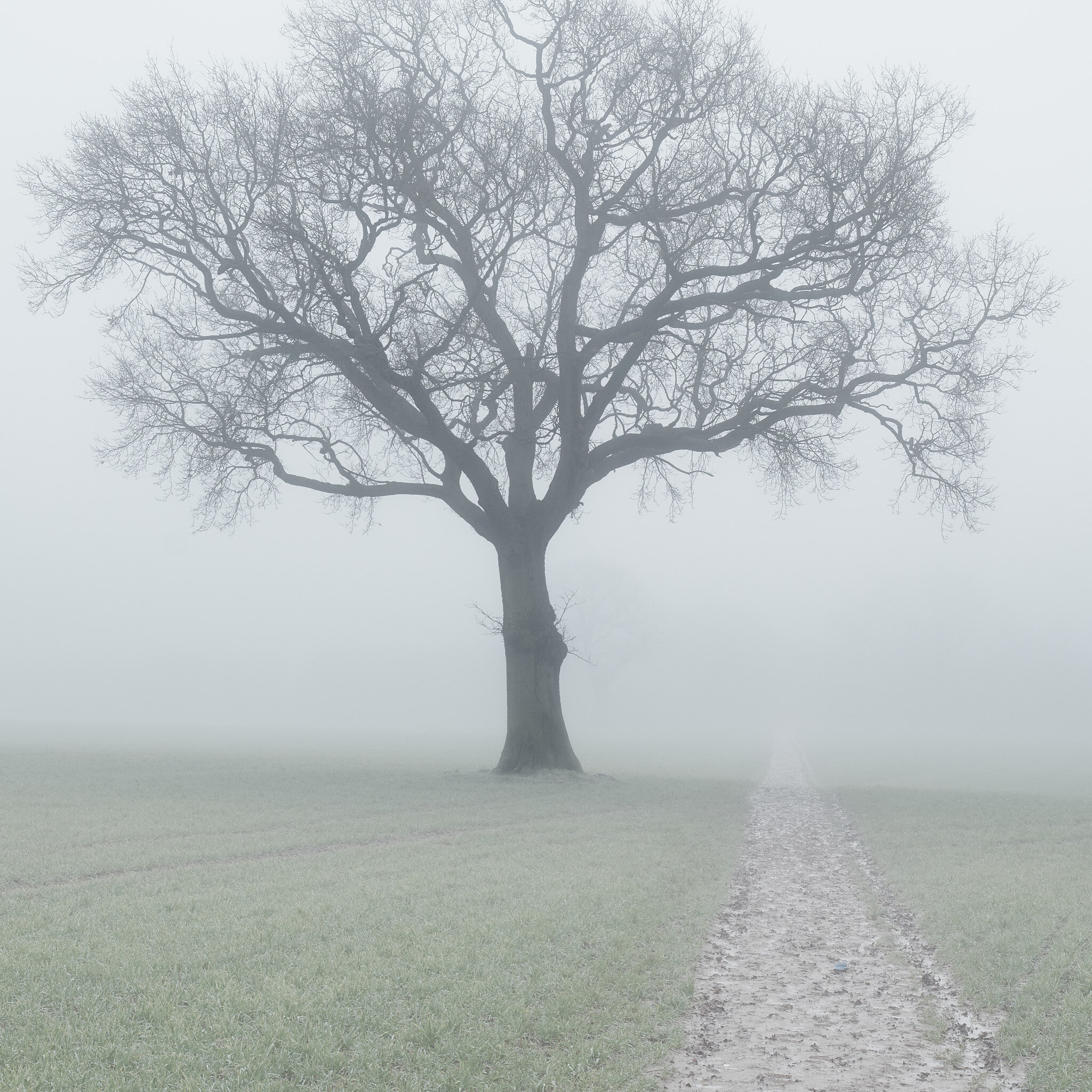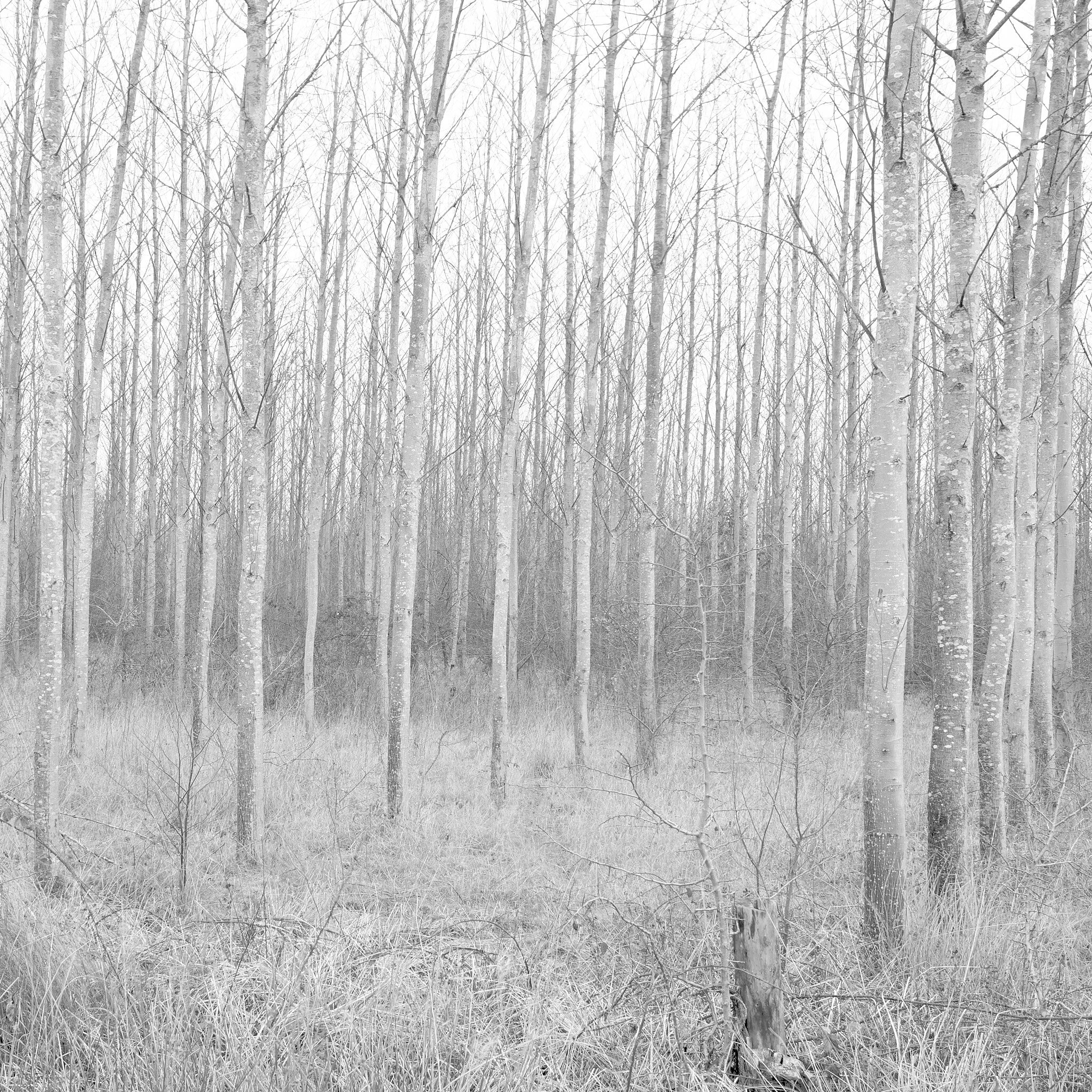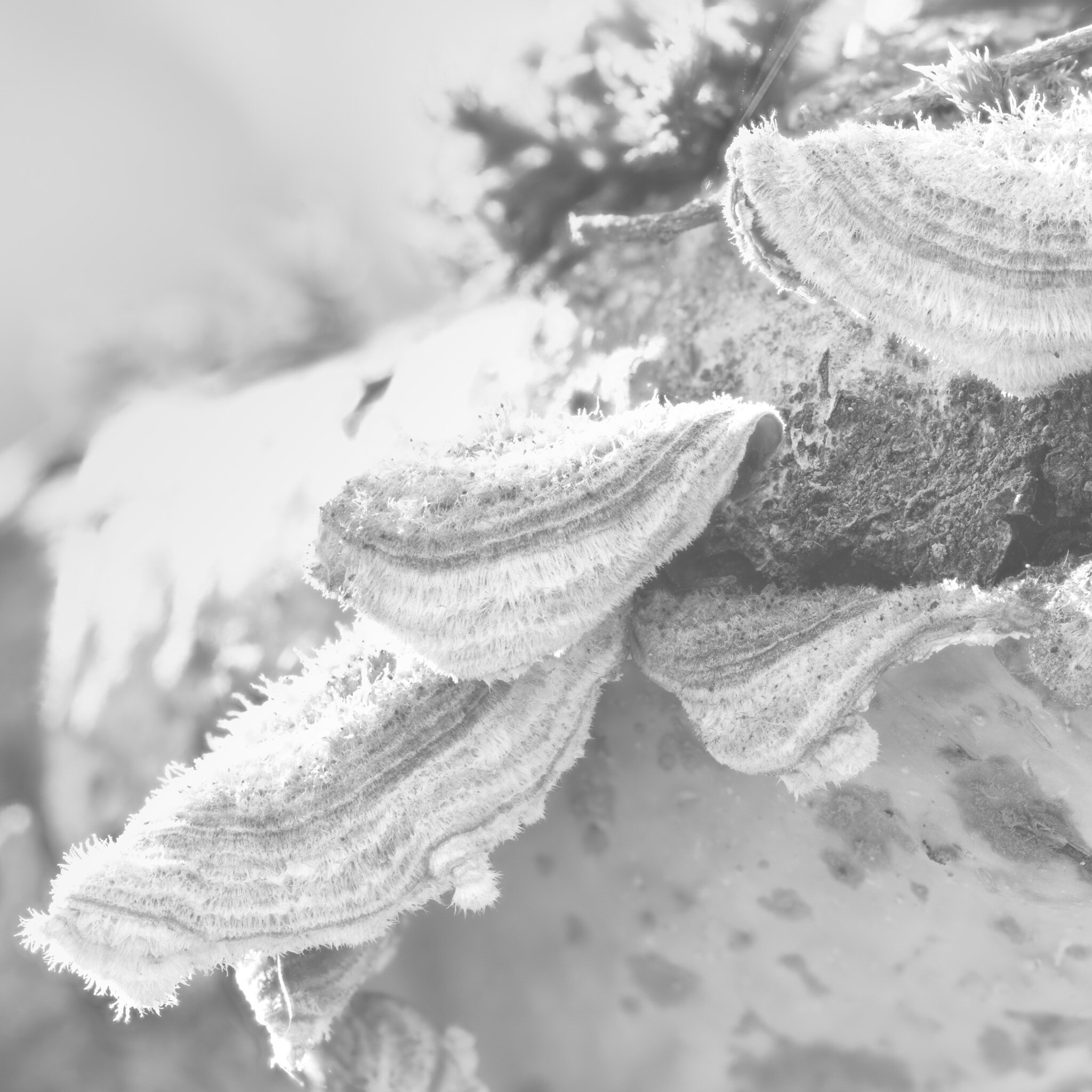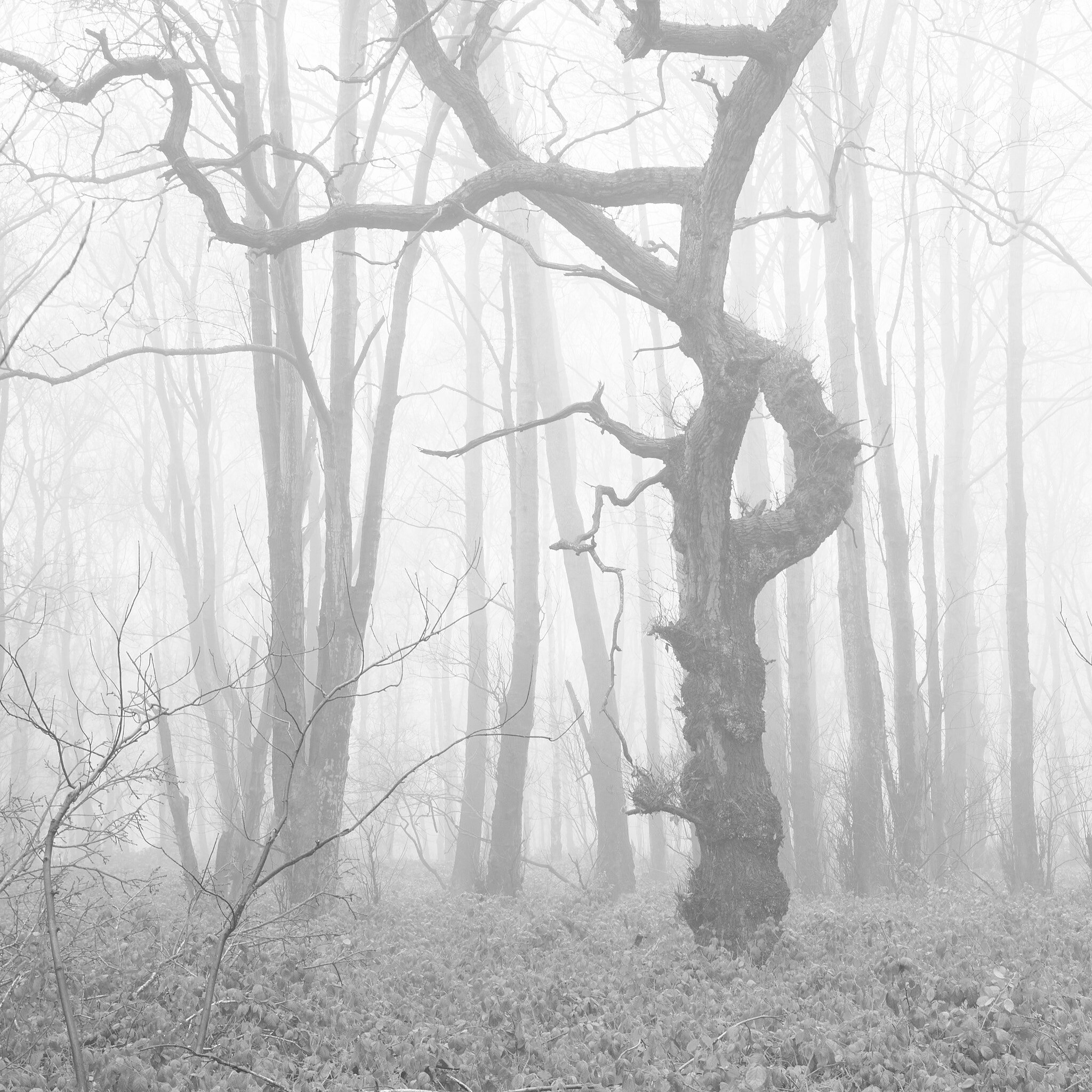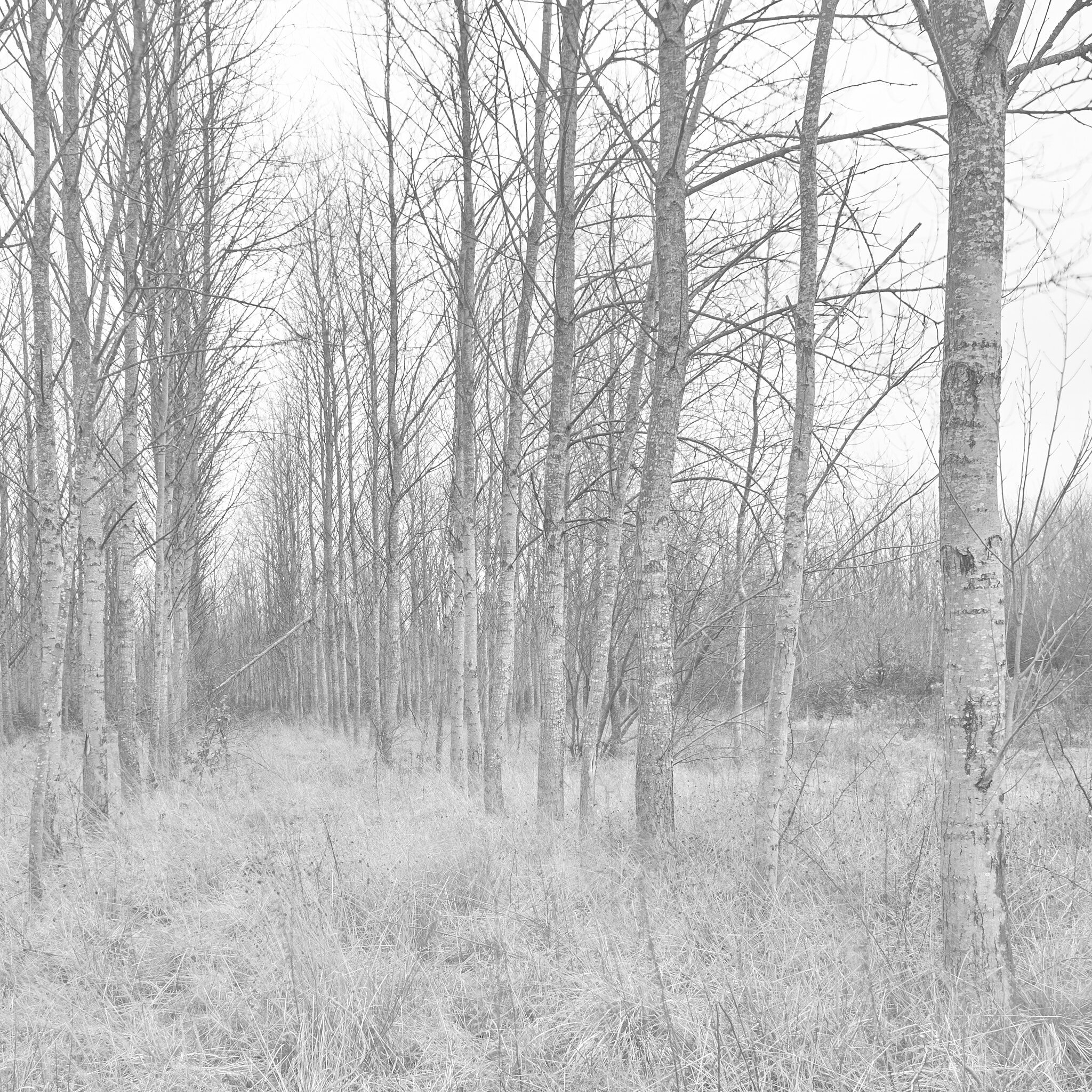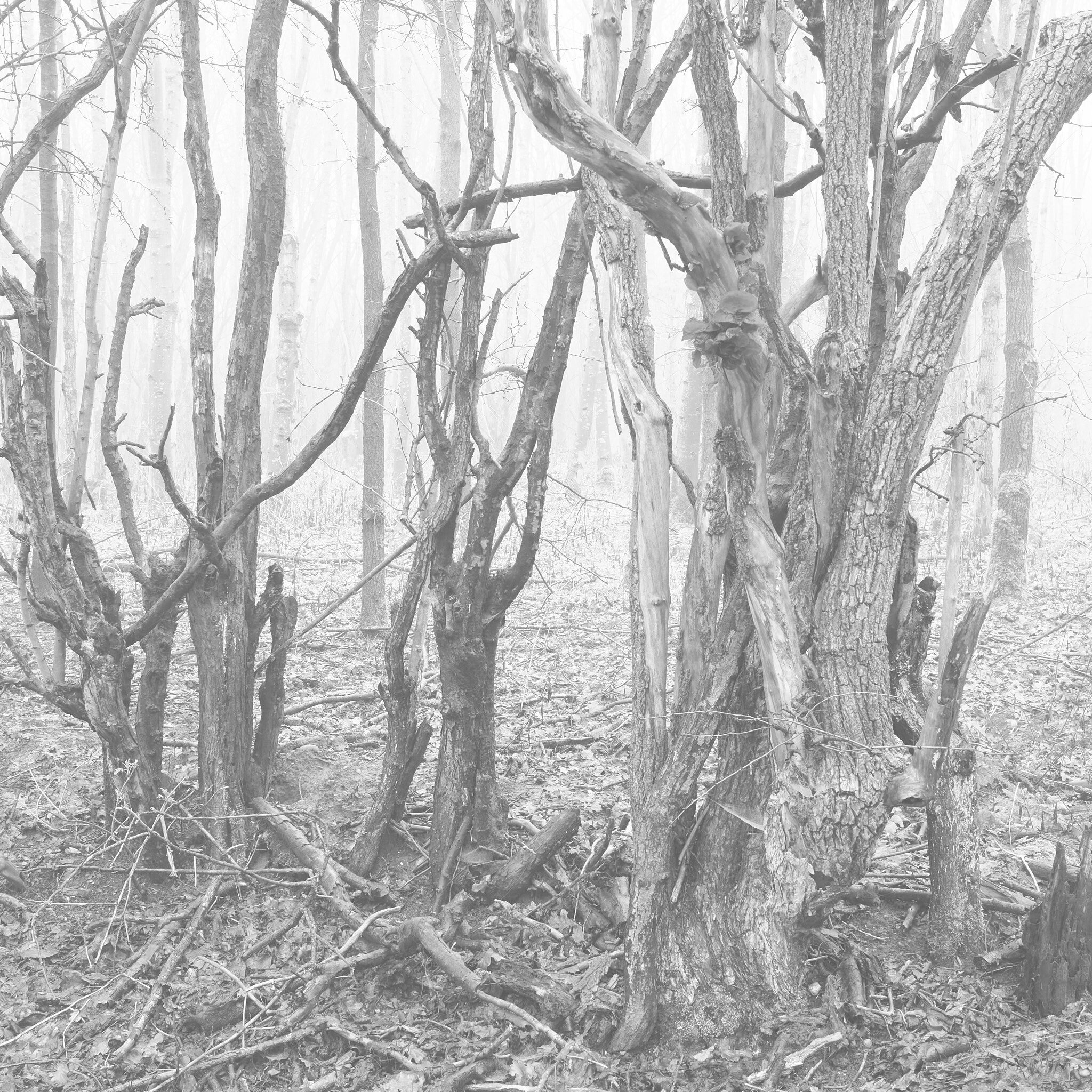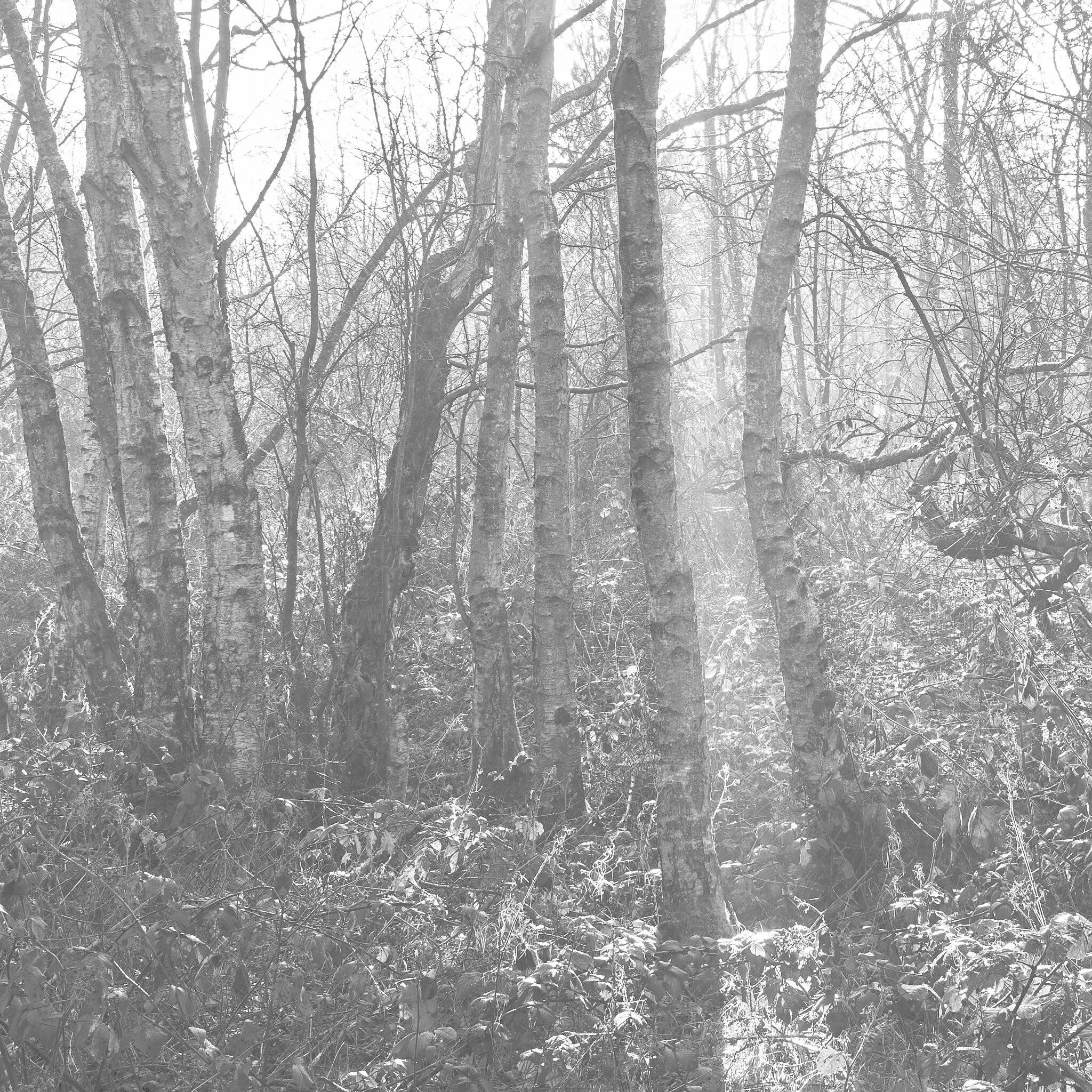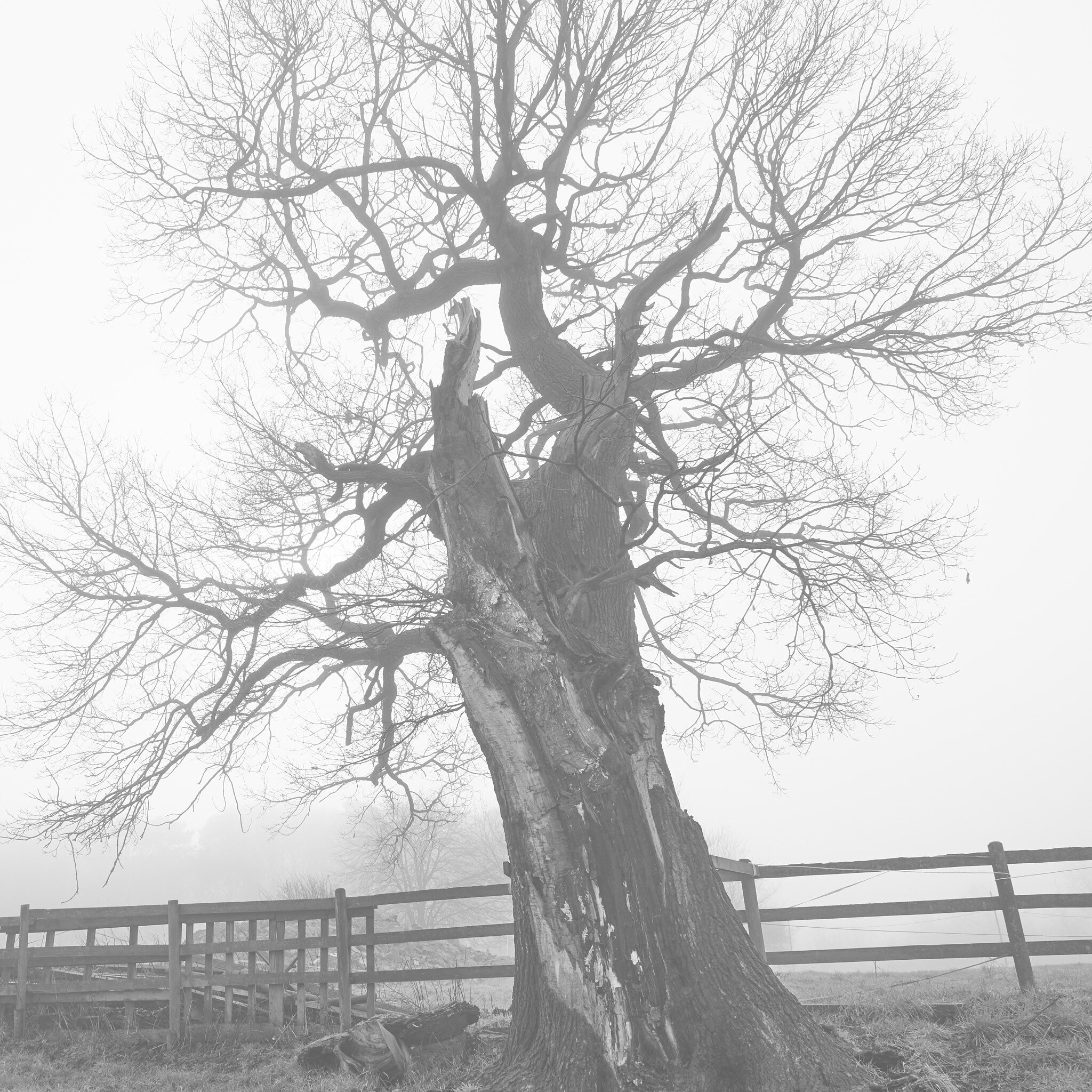Your landscape your way; high key
Earlier this year, I enrolled in the three part RPS Your Landscape Your Way; High Key workshop hosted by Mark Banks. It was my second such workshop, and its project basis has helped me explore the artistic side of photography.
The workshop took the format of 3 online sessions starting with an introduction to the workshop’s overarching goal. Each participant must produce a cohesive set of 10 high key images and accompanying narrative that they’d present to the group during the third and final session. Mark provided guidance throughout, and there was ample opportunity for all attendees to receive feedback on the planning, execution, and final presentation.
Due to Covid-19 lockdown restrictions, Cheryl and I resorted to exploring their area, in our case South Derbyshire. These were predominately woodland walks rather than the moorland yomps we typically enjoyed in normal times, and through immersion I started to grow an interest in woodland photography. Keen to learn more, I had started reading The Hidden Life of Trees. The book describes the connectedness of trees, the surprising interdependencies between species, and reveals a society out of sight of most people.
I thought the book would be a good subject to focus my project around, and thus attempted to design and capture a set of photos that would illustrate this society whilst simultanously writing the narrative.
Forests create a comfortable. environment for their inhabitants to grow. They provide protection from extreme temperature and wind damage, at least for the wider population. However, they provide something even more valuable; social security. Beech, possibly the most social of trees feed their neighbours via their roots and forest wide fungal networks. These networks are even used to transmit warnings of pests, and have thus been dubbed the Wood Wide Web.
Indeed beech trees go out of their way to avoid denying their neighbours canopy sunlight. What's good for their neighbours is good for them.
Not all forests benefit their trees with social security. A modern commercial forest's regular tree spacing and re-planting activities damage their tree's roots. Sadly, the tree’s are not expected to live long, so this is a sacrifice worth making, at least financially.
Almost all species of tree enjoy the benefits of living in communities, or forests. The supporting ecosystem can help trees reproduce, receive nutrients from improved soil, and can help regulate water flow.
Oak can enjoy the benefits of forests, with young eager oaks catching as many winter sun rays as possible by ignoring the rules and shun shedding their leaves. This could be dangerous if not for the shelter of their neighbours.
But often, oak live in isolation where they forfeit the social security forests deliver. This can be risky. However, they are strong, and have defences against pests, and damaging fungi. Indeed, they thrive best when not having to compete against the socialite beeches in their favoured environment.
Trees, like humans are diverse and have different, complex, and often unexpected social needs which we are still learning about.
Two weeks later, I presented these images to the group whilst reciting my narrative. I was delighted to receive positive feedback, and taken back by the stunning work from my fellow attendees including Alison Taylor and Sue Longstaff. As the session finished, I realised that the project or at least this initial phase was over and it was time to reflect and internalise what I’d learnt.
I had hoped that this workshop would solidify my understanding of cohesive sets of images and communication through photography, and also help me develop my ‘photographic style’. Predictably, it had actually posed more questions and revealed more holes in my knowledge. I was left trying to answer questions like “Whilst a cohesive set of photos must clearly share an aesthetic, should they also present the same message?” and “If they present diverse messages, does this negate cohesiveness?”. I pondered these questions for quite a few weeks, somewhat frustrated at my perceived lack of progress.
And then, almost serendipitously, I attended a session at Melbourne Photographic Society where Len Metcalf introduced the group to his definition of style, voice, and look. This framework started to answer the questions posed by my recent project. A cohesive set of images must share a look, but a photographer shouldn’t be constrained by that look. A photographer doesn’t have to conform to a style, they don’t have to be a black and white photographer, or the photographer that ‘does high key photography’. Indeed, it might be beneficial for a photographer to develop bodies of work with disparate looks, that together help develop their voice.
More recently, I realised that the learning opportunities from my project and Len’s session were dependant upon each other, similar to the symbiotic relationships of organisms in the forest. My high key project was insufficient to answer the questions it posed. But without its unanswered questions and accompanying frustrations, I don’t think I’d have engaged in the same way with Len’s talk which felt almost purposely written to answer these questions.
Whilst this insight into voice will probably be my biggest takeaway from the project, I’ve also learned some tactical and practical lessons summarised below followed by a gallery of the project’s photos:
I’ve now doubled my number of photographic projects from one to two, and now have a greater understanding of what planning and resources are required to start another project.
I’ve gained experience in capturing and editing high key photography. It’s a technique and look I’ve enjoyed using, and believe it’s lifting aesthetic will be useful in conveying certain messages and supporting my emerging voice.
The positive feedback I’ve received on some of the sets photos has increased my confidence in my technical ability. This will allow me to spend more effort on the more artistic side of photography such as clarifying my voice rather than focusing so heavily on the technical side.
Mark has suggested my set could be the first stepping stone towards an RPS distinction, and also a photo book possibly including chapters using different looks together presenting a single message.
I used Milanote as recommended by Mark Banks to help visualise, design and plan this project. I found it pleasurable and especially the visualisation useful.
I’ve improved my ability to identify tree species, and gained an appreciation of how difficult this can be. It clearly goes hand in hand with my growing in interest in trees and woodland which extends outside of photography. I really enjoyed spending time in the woods, they are special places.
I’ve learnt the benefits of changing the camera’s preview mode so I can ‘see in black and white’. Not only does this provide a better approximation for what I’m shooting, but I’ve also learnt how much it can assist on viewing compositional constructs like shapes and tones.
P.S. some of the images presented in this post are low saturation edits of the black and white images selected for my project. I included them to illustrate a different look, and have duplicated the entire project using this approach which I’ll publish in the future.
